| 1.
|
Yoram Vodovotz, Gary An,
Agent‐based models of inflammation in translational systems biology: A decade later,
2019,
11,
1939-5094,
10.1002/wsbm.1460
|
|
| 2.
|
Mohamed Ghalwash, Vladan Radosavljevic, Zoran Obradovic,
2013,
Early Diagnosis and Its Benefits in Sepsis Blood Purification Treatment,
978-0-7695-5089-3,
523,
10.1109/ICHI.2013.81
|
|
| 3.
|
Gary An, Judy Day,
2021,
9780128160787,
318,
10.1016/B978-0-12-801238-3.11513-2
|
|
| 4.
|
Gregory Zitelli, Seddik M. Djouadi, Judy D. Day,
Combining robust state estimation with nonlinear model predictive control to regulate the acute inflammatory response to pathogen,
2015,
12,
1551-0018,
1127,
10.3934/mbe.2015.12.1127
|
|
| 5.
|
Ivan Stojkovic, Zoran Obradovic,
2017,
Predicting Sepsis Biomarker Progression under Therapy,
978-1-5386-1710-6,
19,
10.1109/CBMS.2017.16
|
|
| 6.
|
Jan Ewald, Patricia Sieber, Ravindra Garde, Stefan N. Lang, Stefan Schuster, Bashar Ibrahim,
Trends in mathematical modeling of host–pathogen interactions,
2020,
77,
1420-682X,
467,
10.1007/s00018-019-03382-0
|
|
| 7.
|
Ivan Ramirez-Zuniga, Jonathan E. Rubin, David Swigon, Gilles Clermont,
Mathematical modeling of energy consumption in the acute inflammatory response,
2019,
460,
00225193,
101,
10.1016/j.jtbi.2018.08.033
|
|
| 8.
|
O. Bara, S.M. Djouadi, J.D. Day, S. Lenhart,
Immune therapeutic strategies using optimal controls with L 1 and L 2 type objectives,
2017,
290,
00255564,
9,
10.1016/j.mbs.2017.05.010
|
|
| 9.
|
Ouassim Bara, Michel Fliess, Cedric Join, Judy Day, Seddik M. Djouadi,
2016,
Model-free immune therapy: A control approach to acute inflammation,
978-1-5090-2591-6,
2102,
10.1109/ECC.2016.7810602
|
|
| 10.
|
Gary An, Chase Cockrell, Judy Day,
2021,
Chapter 5,
978-3-030-56509-1,
71,
10.1007/978-3-030-56510-7_5
|
|
| 11.
|
Ouassim Bara, Seddik M. Djouadi, Judy Day,
2016,
Immune therapy using optimal control with L1 type objective,
978-1-4673-8682-1,
4895,
10.1109/ACC.2016.7526128
|
|
| 12.
|
Ouassim Bara, Judy Day, Seddik M. Djouadi,
2013,
Nonlinear state estimation for complex immune responses,
978-1-4673-5717-3,
3373,
10.1109/CDC.2013.6760399
|
|
| 13.
|
Ouassim Bara, Judy Day, Seddik M. Djouadi,
2015,
Optimal control of an inflammatory immune response model,
978-1-4799-7886-1,
1283,
10.1109/CDC.2015.7402388
|
|
| 14.
|
A. Bayani, J. L. Dunster, J. J. Crofts, M. R. Nelson,
Mechanisms and Points of Control in the Spread of Inflammation: A Mathematical Investigation,
2020,
82,
0092-8240,
10.1007/s11538-020-00709-y
|
|
| 15.
|
Yuyang Chen, Kaiming Bi, Chih-Hang (John) Wu, David Ben-Arieh,
A new evidence-based optimal control in healthcare delivery: A better clinical treatment management for septic patients,
2019,
137,
03608352,
106010,
10.1016/j.cie.2019.106010
|
|
| 16.
|
Vladan Radosavljevic, Kosta Ristovski, Zoran Obradovic,
2012,
A data mining approach for optimization of acute inflammation therapy,
978-1-4673-2560-8,
1,
10.1109/BIBM.2012.6392659
|
|
| 17.
|
Judy D. Day, Diana M. Metes, Yoram Vodovotz,
Mathematical Modeling of Early Cellular Innate and Adaptive Immune Responses to Ischemia/Reperfusion Injury and Solid Organ Allotransplantation,
2015,
6,
1664-3224,
10.3389/fimmu.2015.00484
|
|
| 18.
|
Yoram Vodovotz, Ashley Xia, Elizabeth L. Read, Josep Bassaganya-Riera, David A. Hafler, Eduardo Sontag, Jin Wang, John S. Tsang, Judy D. Day, Steven H. Kleinstein, Atul J. Butte, Matthew C. Altman, Ross Hammond, Stuart C. Sealfon,
Solving Immunology?,
2017,
38,
14714906,
116,
10.1016/j.it.2016.11.006
|
|
| 19.
|
J. Tallon, B. Browning, F. Couenne, C. Bordes, F. Venet, P. Nony, F. Gueyffier, V. Moucadel, G. Monneret, M. Tayakout-Fayolle,
Dynamical modeling of pro- and anti-inflammatory cytokines in the early stage of septic shock,
2020,
13,
13866338,
101,
10.3233/ISB-200474
|
|
| 20.
|
Meric CETİN, Selami BEYHAN,
Robust Constrained Drug Dosage Regulation of Acute Inflammation Response Under Disturbances,
2020,
2147-8228,
256,
10.18100/ijamec.815606
|
|
| 21.
|
Olivier Joannes-Boyau, A. Dewitte, Patrick M. Honoré,
2019,
9780323449427,
1034,
10.1016/B978-0-323-44942-7.00171-0
|
|
| 22.
|
Kun Wang, Stanley Langevin, Corey S. O’Hern, Mark D. Shattuck, Serenity Ogle, Adriana Forero, Juliet Morrison, Richard Slayden, Michael G. Katze, Michael Kirby, Jieru Wang,
Anomaly Detection in Host Signaling Pathways for the Early Prognosis of Acute Infection,
2016,
11,
1932-6203,
e0160919,
10.1371/journal.pone.0160919
|
|
| 23.
|
Dulce Calçada, Dario Vianello, Enrico Giampieri, Claudia Sala, Gastone Castellani, Albert de Graaf, Bas Kremer, Ben van Ommen, Edith Feskens, Aurelia Santoro, Claudio Franceschi, Jildau Bouwman,
The role of low-grade inflammation and metabolic flexibility in aging and nutritional modulation thereof: A systems biology approach,
2014,
136-137,
00476374,
138,
10.1016/j.mad.2014.01.004
|
|
| 24.
|
Ouassim Bara, Michel Fliess, Cédric Join, Judy Day, Seddik M. Djouadi,
Toward a model-free feedback control synthesis for treating acute inflammation,
2018,
448,
00225193,
26,
10.1016/j.jtbi.2018.04.003
|
|
| 25.
|
Pantelis Sopasakis, Panagiotis Patrinos, Haralambos Sarimveis,
Robust model predictive control for optimal continuous drug administration,
2014,
116,
01692607,
193,
10.1016/j.cmpb.2014.06.003
|
|
| 26.
|
Sebastian Jendrek, Xin Lai, Gabriela Riemekasten, Julio Vera-González, Bernd Schmeck, Wilhelm Bertrams,
2021,
9780128160787,
581,
10.1016/B978-0-12-801238-3.11643-5
|
|
| 27.
|
Laura D. Weinstock, James E. Forsmo, Alexis Wilkinson, Jun Ueda, Levi B. Wood,
Experimental Control of Macrophage Pro-Inflammatory Dynamics Using Predictive Models,
2020,
8,
2296-4185,
10.3389/fbioe.2020.00666
|
|
| 28.
|
Vladan Radosavljevic, Kosta Ristovski, Zoran Obradovic,
A data-driven acute inflammation therapy,
2013,
6,
1755-8794,
10.1186/1755-8794-6-S3-S7
|
|
| 29.
|
Ivan Ramirez-Zuniga, Jonathan. E. Rubin, David Swigon, Heinz Redl, Gilles Clermont,
A data-driven model of the role of energy in sepsis,
2022,
533,
00225193,
110948,
10.1016/j.jtbi.2021.110948
|
|
| 30.
|
Rami A. Namas, Maxim Mikheev, Jinling Yin, Derek Barclay, Bahiyyah Jefferson, Qi Mi, Timothy R. Billiar, Ruben Zamora, Jorg Gerlach, Yoram Vodovotz,
An adaptive, negative feedback circuit in a biohybrid device reprograms dynamic networks of systemic inflammation in vivo,
2023,
2,
2674-0702,
10.3389/fsysb.2022.926618
|
|
| 31.
|
Gary An, Chase Cockrell, Ruben Zamora, Yoram Vodovotz,
2021,
9780128214404,
251,
10.1016/B978-0-12-821440-4.00009-8
|
|
| 32.
|
Judy D. Day, Chase Cockrell, Rami Namas, Ruben Zamora, Gary An, Yoram Vodovotz,
Inflammation and disease: Modelling and modulation of the inflammatory response to alleviate critical illness,
2018,
12,
24523100,
22,
10.1016/j.coisb.2018.08.008
|
|
| 33.
|
Daniel Jonas, Michael Kirby, Alan R. Schenkel, Gerhard Dangelmayr,
Modeling of adaptive immunity uncovers disease tolerance mechanisms,
2023,
00225193,
111498,
10.1016/j.jtbi.2023.111498
|
|
| 34.
|
Robert Parker, Justin Hogg, Anirban Roy, John Kellum, Thomas Rimmelé, Silvia Daun-Gruhn, Morgan Fedorchak, Isabella Valenti, William Federspiel, Jonathan Rubin, Yoram Vodovotz, Claudio Lagoa, Gilles Clermont,
Modeling and Hemofiltration Treatment of Acute Inflammation,
2016,
4,
2227-9717,
38,
10.3390/pr4040038
|
|
| 35.
|
Panteleimon D. Mavroudis, Jeremy D. Scheff, John C. Doyle, Yoram Vodovotz, Ioannis P. Androulakis,
The Impact of Stochasticity and Its Control on a Model of the Inflammatory Response,
2018,
7,
2079-3197,
3,
10.3390/computation7010003
|
|












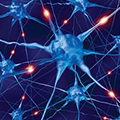
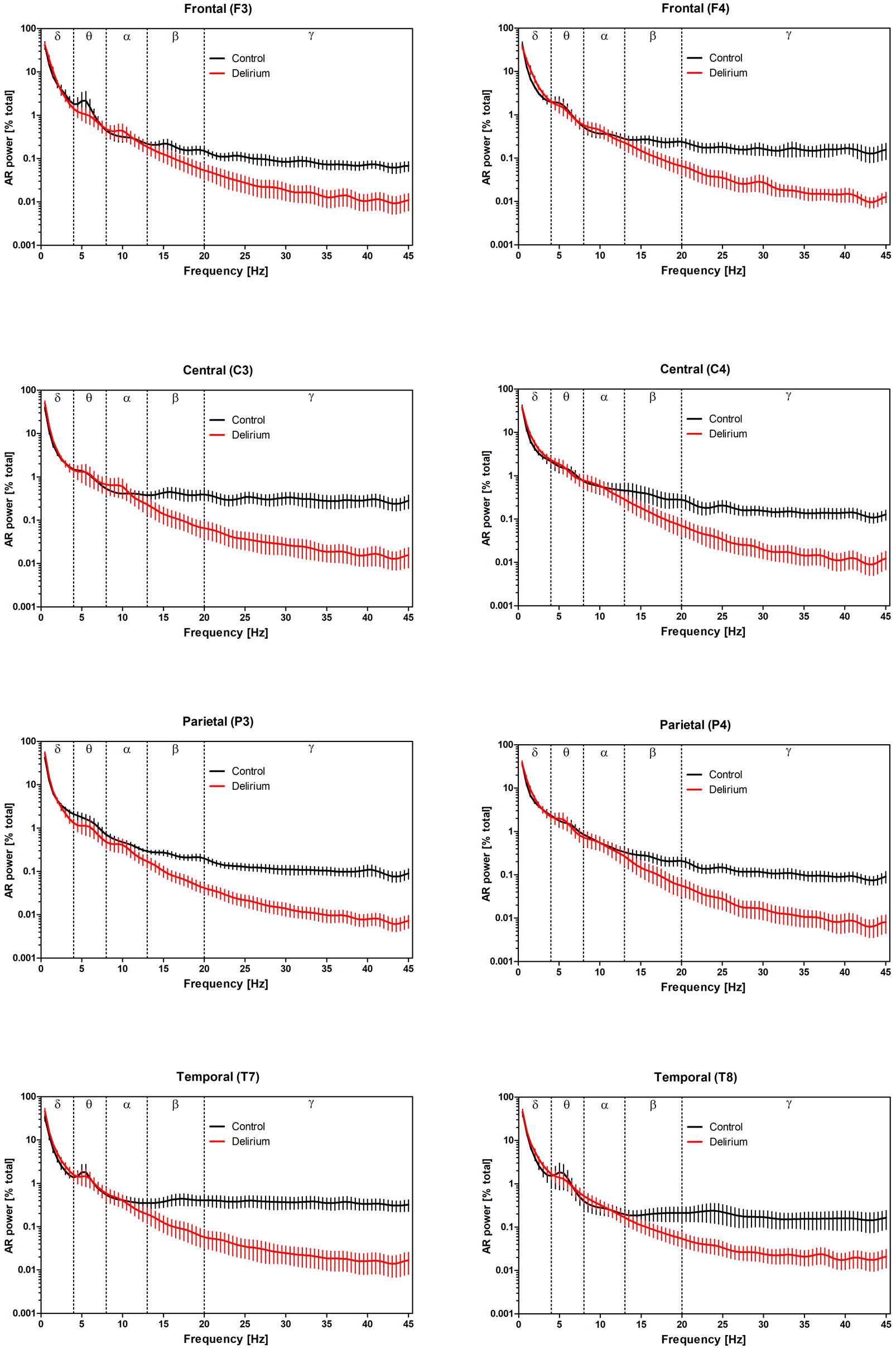
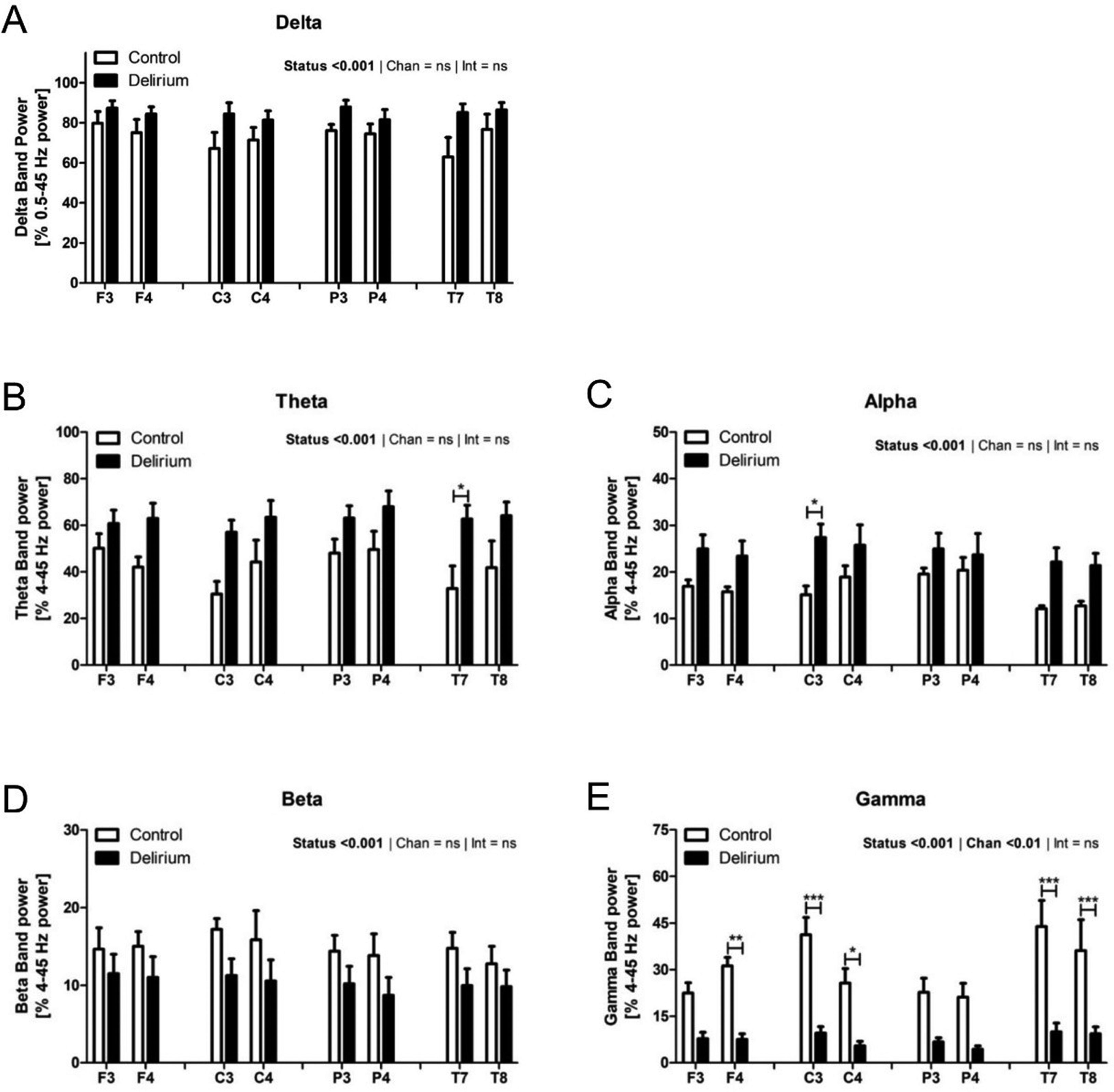
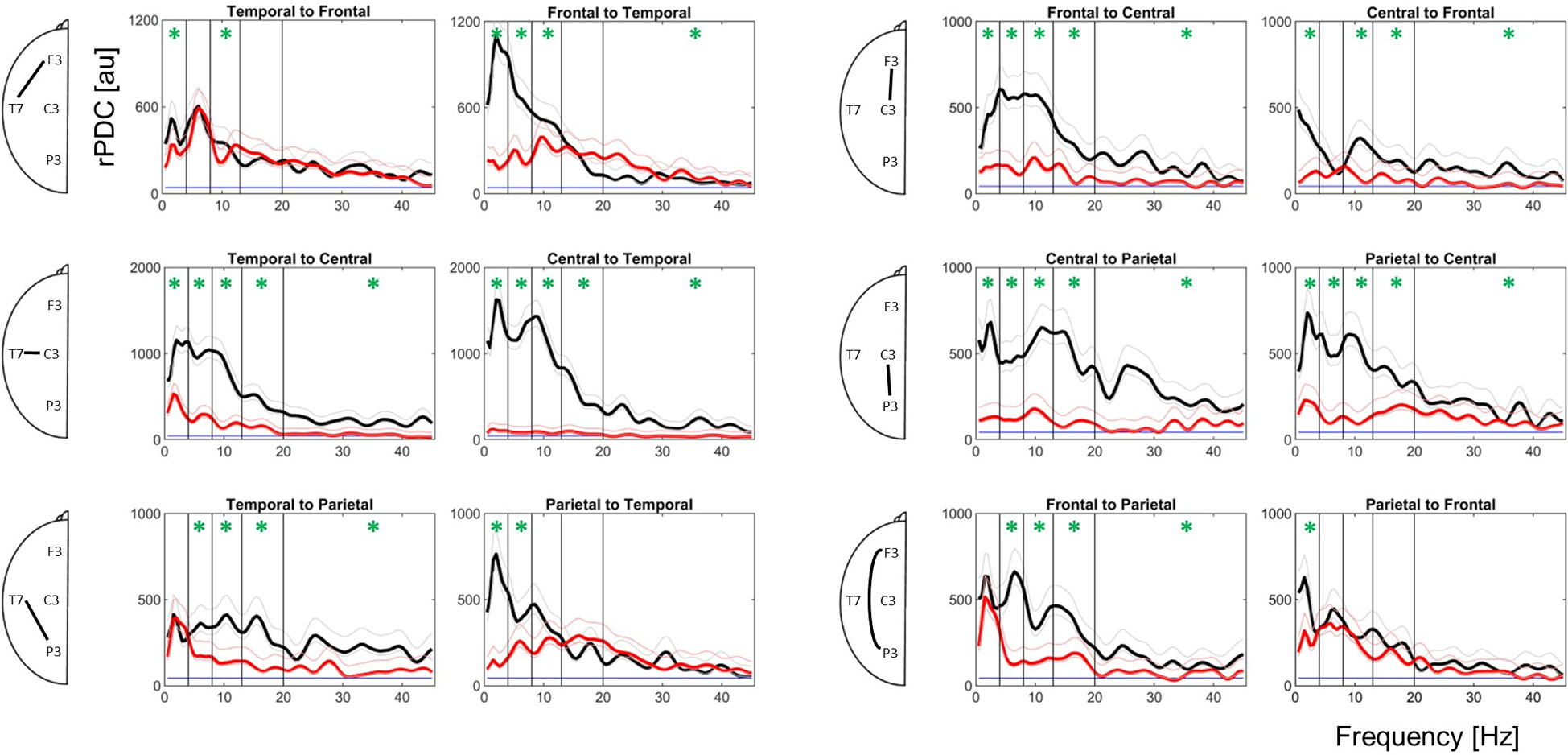
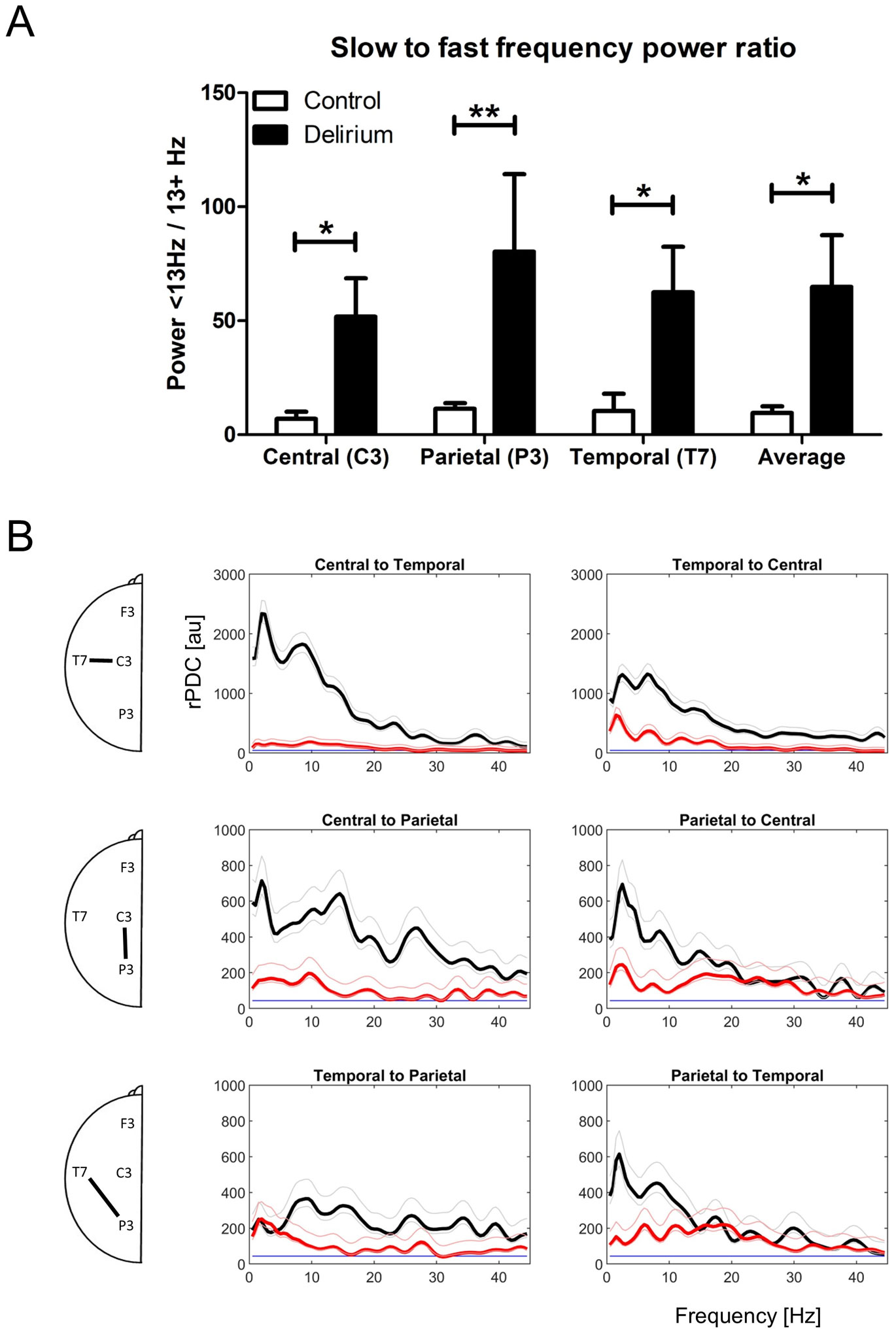


 DownLoad:
DownLoad: